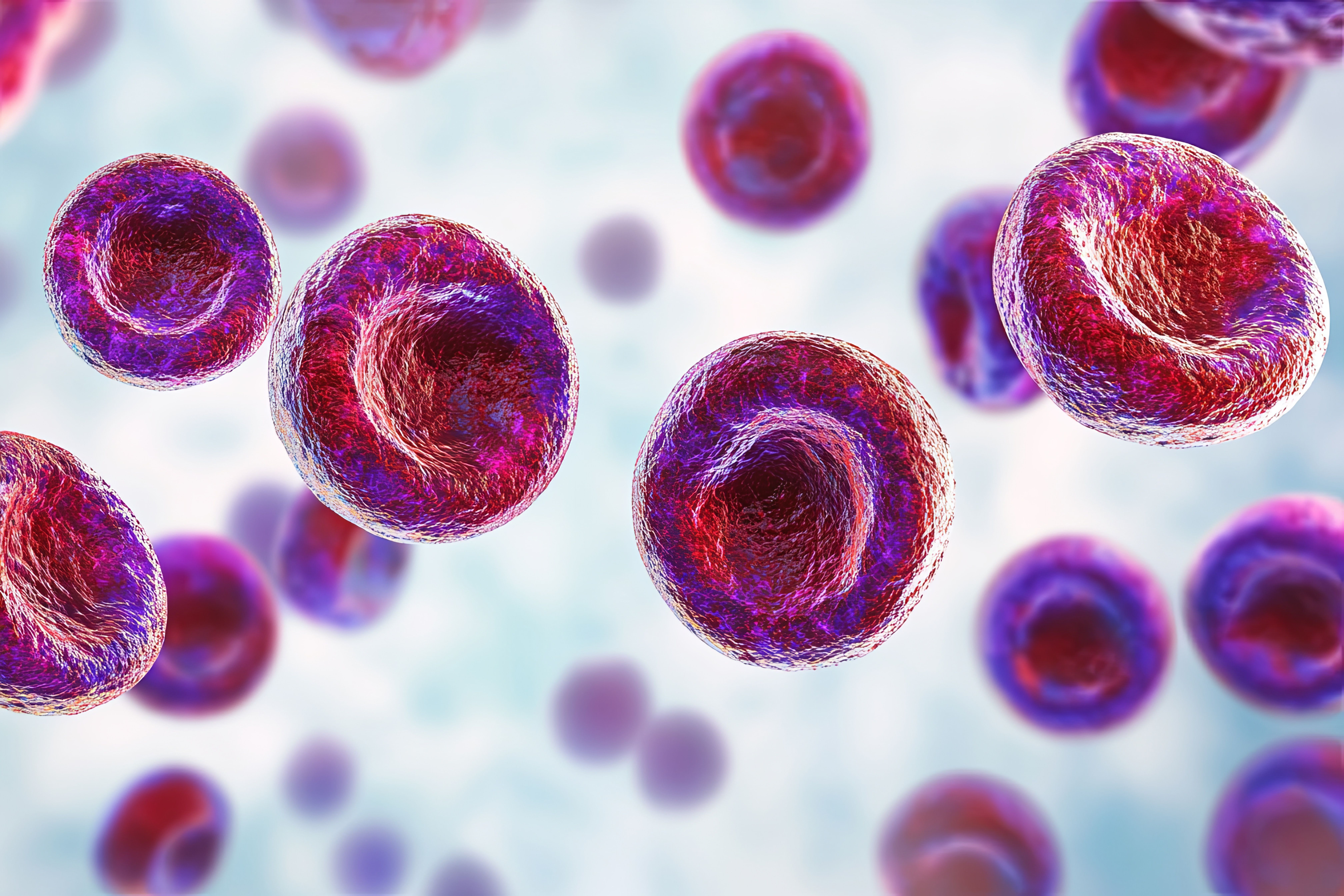Article
Clinical Features, Management of Acne Fulminans Explored in New Case Report
Author(s):
A case report of a patient with acne fulminans, a rare form of acne vulgaris, discussed the clinical manifestations of the disease, physical examination findings, and management strategies.
Characterized as a rare form of acne vulgaris, acne fulminans (AF) is often mistaken for other skin infections—contributing to delayed treatment and risk of scarring and psychological distress in patients. A recent case report published in Journal of Pediatric Health Care sought to understand the clinical manifestations of the disease, which primarily affects adolescent patients, as well as management strategies for pediatric primary care physicians.
“The sudden onset of hemorrhagic ulcerative lesions involving the back, chest, and face is pathognomonic for AF. If untreated, the condition then progresses to include systemic findings such as fever, leukocytosis, anemia, hepatosplenomegaly, myalgia, and arthralgia,” explained the researchers. “According to the literature, no specific laboratory abnormalities are diagnostic of AF…the terminology used to both diagnose and classify AF has been inconsistent.”
They reviewed a case report involving a 17-year-old male previously treated for COVID-19 and subsequent pneumonia who presented with fatigue and joint pain to the clinic 5 weeks after coronavirus diagnosis. At that time, he received a diagnosis of post–COVID-19 long haul syndrome; he presented to the clinic 1 week later with attentive issues caused by whole body aches, fever, decreased appetite, and dull headache.
The patient was seen in the office without his parents present, due to recent exposure to a confirmed COVID-19–positive individual, and he wore a mask throughout the visit per protocol. Mask-wearing and isolation protocols accounted for the suboptimal assessment of the patient’s skin, noted the researchers, in which the initial diagnosis considered was acne vulgaris with a secondary staphylococcal infection.
“The patient’s skin assessment was remarkable for severely painful, ulcerative, hemorrhagic nodules with pustular-like lesions. The lesions were diffuse and noted on his forehead, bilateral temporal areas, bilateral cheeks, chin, submandibular region, chest, and back,” they said.
“When considering the hallmark findings within the acne vulgaris subgroups (eg, nonresponding acne, acne conglobata, and AF), the patient’s systemic symptoms and clinical manifestations suggest AF.”
The aggressive nature of the hemorrhagic ulcerative lesions led the practitioner to further evaluate the patient with blood work and wound culture, begin treatment, and consult with a dermatologist. A comprehensive metabolic panel was normal, but the wound culture report would reveal the specimen was positive for Propionibacterium acnes, with multiple additional organisms present—confirming a diagnosis of AF.
Noting that medical management of AF needs to be swift to reduce the inflammatory process and decrease the risk of scarring, the researchers said it is imperative that the clinician complete a thorough history and physical examination, as treatment for the disease significantly differs from severe acne.
Currently, recommended treatment for AF is quick initiation of oral corticosteroids to decrease the inflammatory process, with therapy duration typically required for 3 to 4 months to achieve optimal outcomes. Other management options supported by literature include aspirin, cyclosporine when the AF is resistant or nonresponsive to isotretinoin, and other antibiotic treatments because of their anti-inflammatory properties.
Along with management of physical symptoms, the psychological impact of AF must be assessed, said the researchers, as the lesions can have a profound negative impact on interpersonal relationships in adolescents.
“Clinicians must consider not only the patient’s psychological health but their ability to cope with the disfiguring elements of the disease and assess and support accordingly. Taking the time to evaluate the patient’s emotional and psychological well-being should be considered the standard of care for the acne patient, particularly the patient with AF," they wrote.
The authors concluded that findings of the case report indicate the importance of pediatric primary care providers in being comfortable treating mild to moderate acne to prevent progression to severe disease, with treatment including management of both physical and psychological symptoms, particularly in the more severe forms, such as AF.
“Clinicians should continue to be acutely aware of the challenges mask-wearing and distanced encounters present and, despite them, be sure to complete thorough physical assessments. Altogether, these changes can improve the care of children with all forms of acne.”
Reference
McKegney CC, Schneider D. A case of acne fulminans. J Pediatr Health Care. Published online July 18, 2022. doi:10.1016/j.pedhc.2022.06.005





